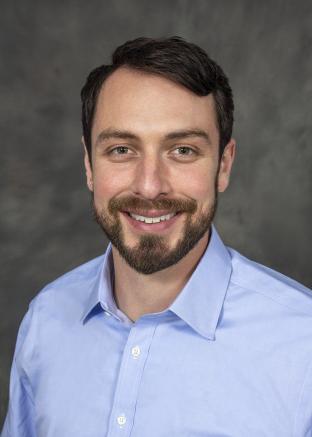Research Interests:
The mouth provides us with remarkable sensations.
We bite into, adeptly manipulate, and crunch foods without inflicting self-injury. Our dentition and supporting structures routinely tolerate extreme forces of mastication, yet they also allow us to discern minuscule changes in bite and unanticipated hard particulates in food. We hardly notice these forces in normal chewing function; however, if the teeth are damaged and the dental pulps become inflamed, their sensory input is altered and we begin to experience excruciating pain – the toothache.
In thinking about these phenomena, we also wonder: What makes the tongue and lips profoundly sensitive to touch? How do common components (i.e., sensory neurons) provide us with unique sensations from distinct tissues? What makes our mouth feel dry? Why is tooth pain exquisite? And how do we inherently “know” the position of our teeth, jaws, and tongue when we eat and speak?
The Emrick lab is interested in answering these types of questions (and others) by studying the molecules, cells, and circuitry of the sensory nervous system innervating the mouth, head, and neck. To this end we use a number of state-of-the-art techniques to study trigeminal somatosensory neurons including 1) multiround, multiplex in situ hybridization and machine learning algorithm-guided transcriptional classification, 2) viral and genetic approaches for tracing connectivity and manipulating function using optogenetics, and 3) an in vivo imaging platform to monitor responses at single-cell resolution. Above all, we want to understand how the sensory nervous system encodes oral and craniofacial information, contributes to normal tissue function, and ultimately drives reflexes and perceptions.
DEI Statement:
As a teacher and mentor, it is essential that I create an environment that is actively anti-racist, celebrates differences, and promotes diversity among trainees and members as a strength. I have trained and worked in such environments, which consequently drew out the best from its members. Certainly, the complex problems we tackle in research are solved at the intersection of multiple perspectives thus it is essential that I facilitate group problem solving, discussion, and sharing of individual perspectives.

